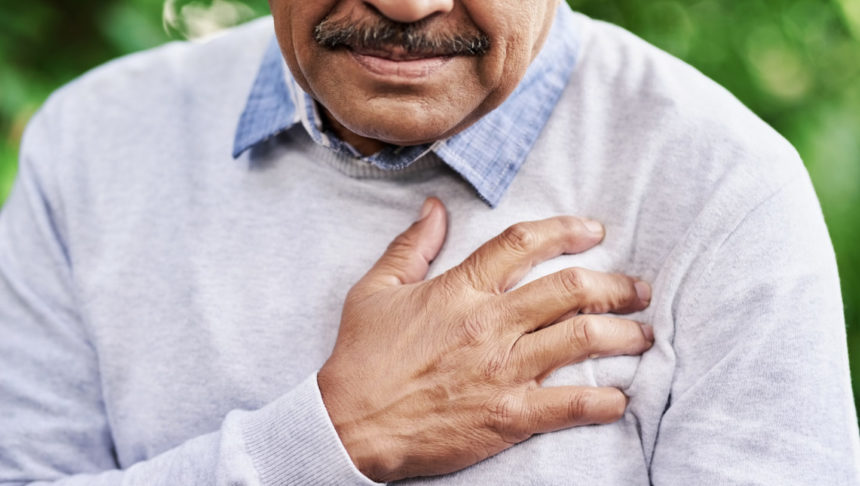
An elevated resting heart rate may signal an upcoming medical crisis up to seven days in advance, according to data collected from remote monitoring technology in a skilled nursing facility.
Contactless monitoring sensors were installed in a New York state skilled nursing facility in November 2021 as part of a pilot program involving radar-based technology maker Xandar Kardian in partnership with the physician practice TapestryHealth. Healthcare providers monitored residents’ vital signs continuously using in-room XK300 devices, including during sleep.
Data analysis showed that an elevated resting heart rate could predict an upcoming medical crisis, even when a resident’s respiratory rate was stable, Xandar Kardian reported. In the case of one resident, the company’s sensors detected multiple sustained elevations of resting heart rate in the week before her cardiac arrest.
Potential to preempt events
“This discovery illustrates that resting heart rate shows warning signals far earlier than respiratory rate, even when the patient is at rest,” according to the company.
A subsequent analysis suggested that care providers could in the future combine the data collected on resting heart rate and the respiratory rate to detect the need for intervention within the first six hours of respiratory rate deterioration, the company said in a statement.
In the case of the resident with a heart attack, and prior to this analysis and discovery, deterioration continued for 50 hours. Eventually, the resident was rushed to the emergency room after peaking at 30 breaths per minute.
“If a patient’s heart rate or respiratory rate spikes while they are at rest, this is a strong indication of patient deterioration and can point to an oncoming occurrence of a serious medical event such as cardiac arrest,” Sam Yang, managing director of Xandar Kardian, said in a statement. “Also, only sustained deterioration, including elevation, of 110 BPM or higher for 2 hours or longer was flagged as a cause for concern in this pilot program, so we are able to avoid alert fatigue and inaccurate flagging,” he said.
“Ultimately, this technology saves time, money, and most importantly, patient lives.”
The developer’s XK300 devices use radar to detect the micromovements of a person’s heart beating or lungs pumping within a room. They are the only commercially available FDA 510(k) class II medical devices cleared for monitoring resting heart rate, respiratory rate, motion, and presence, according to the company. Vital sign data is processed and delivered at a rate of thousands of measurements per day, the company said.
Related articles:
Ambulatory BP monitoring detects stealth hypotensive episodes in LTC residents: study
Wearables predict resident decline due to COVID-19, study at PALTC22 reveals
Provider staff time ‘dramatically reduced’ by taking resident vitals with key tech




